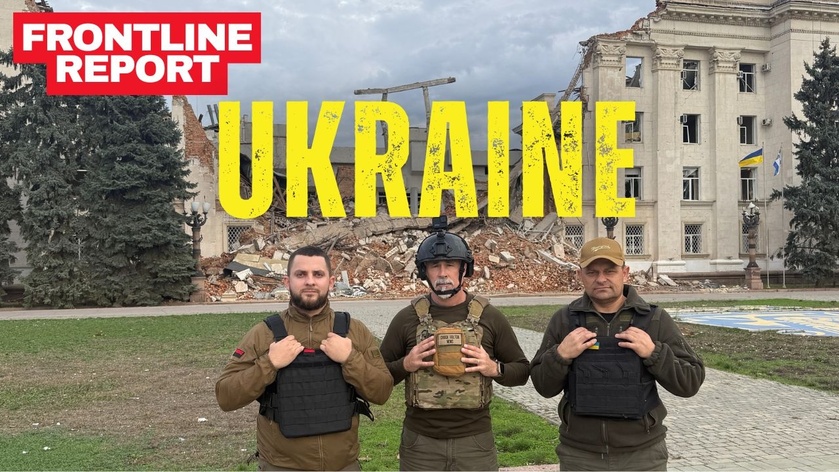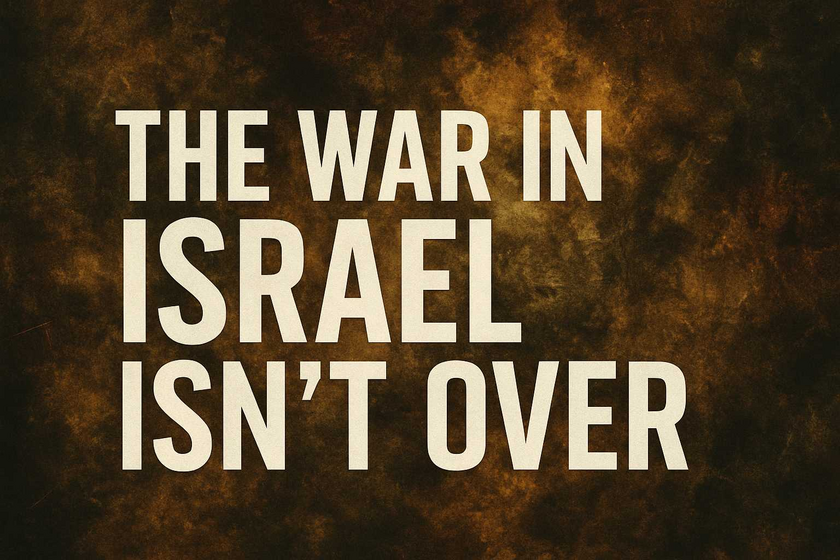The U.S. military, long hailed as a cornerstone of global security, is facing a readiness crisis at a time when geopolitical tensions and threats are escalating. From increasing concerns over physical fitness and recruitment shortfalls to strained resources and outdated equipment, the state of the armed forces leaves much to be desired. While adversaries like China and Russia continue to expand and modernize their militaries, the U.S. struggles to address glaring vulnerabilities.
The Fitness Crisis
A recent study revealed a troubling statistic: nearly 70% of American soldiers are either obese or overweight (NY Post, 2023). This poses a serious challenge to operational readiness. The modern battlefield demands soldiers who can perform under physically demanding conditions, yet the rising obesity rates reflect a larger societal trend that has seeped into the armed forces. Fitness standards, critical for combat effectiveness, are now a pressing concern.
Recruitment and Retention Challenges
The military is also facing significant recruitment shortfalls. In fiscal year 2023, the armed services collectively missed their recruitment goals by about 41,000 recruits, a shortfall exacerbated by the shrinking pool of eligible and interested young Americans (archive.ph). Factors such as a strong civilian job market, declining interest in military service, and stricter health and conduct standards have contributed to this crisis. Many young men who traditionally would have been attracted to military service are increasingly deterred, viewing the armed forces as a "grand social experiment" rather than a bastion of discipline and duty. The growing emphasis on diversity initiatives and the inclusion of transgender and gay individuals has sparked debate, with critics arguing that it undermines military cohesion. In fact, the number of transgender and gay individuals in the U.S. military is reportedly enough to fill more than a division, which has further fueled concerns among traditional recruits and veterans.
These recruitment challenges raise serious doubts about the military’s ability to maintain its force structure and meet future operational demands. Without addressing these perceptions and creating a culture that appeals to a broader range of potential recruits, the armed forces risk an even deeper manpower crisis.
Budgetary Constraints and Delays
Defense experts warn that the U.S. military is ill-prepared for a major global conflict, with inadequate stockpiles of weapons and ammunition and a defense industrial base described as “grossly inadequate” (NY Post, 2024). Compounding these challenges are budgetary disputes and delayed appropriations in Congress, which hinder the timely implementation of vital defense programs. The lack of political consensus on defense priorities further weakens the military's ability to respond to emerging threats.
Leadership and Policy Issues
The recent nomination of Pete Hegseth as Secretary of Defense has sparked controversy, highlighting a broader debate over the direction of U.S. military leadership. Critics argue that Hegseth, a Fox News commentator with limited high-level command experience, lacks the credentials necessary for such a critical role (NY Post, 2025). The confirmation process underscores the challenges in aligning military leadership with the strategic demands of the 21st century.
A Call to Action
The dismal state of U.S. military readiness demands immediate attention. Addressing these issues requires a multifaceted approach, including improved fitness standards, revitalized recruitment efforts, streamlined defense budgets, and competent leadership. As global threats continue to rise, from a resurgent Russia to a rapidly militarizing China, the U.S. can no longer afford to ignore the cracks in its foundation. The time to act is now, before readiness slips further and the nation’s ability to respond to crises is irrevocably compromised.


















